Saw Palmetto (Serenoa Repens)
$19.95 Original price was: $19.95.$13.97Current price is: $13.97.
- Prompt service, every time.
- Multiple payment methods, safe and reliable
- Safe and Secure Payments, Always
- Get the quality you deserve, for less.

Saw Palmetto, or Cabbage Palm, is a multi-trunked, clumping palm that grows low to the ground with a spreading habit at 5′-10′ high by 4′-10′ wide. It is a native of the southeastern United States and is often used in local landscaping as a border plant, ground cover, or hedge. Bees and butterflies visit the fragrant yellowish-white flowers, which are a source of delicious palmetto honey, and birds and mammals enjoy the ripe berries.
Its foliage is fan-shaped and green to bluish-silver with saw-toothed stem edges. Indigenous people of the southeastern U.S. eat the ripe fruits, and they are also sold as a supplement for urinary issues, migraines, and hair loss. Some believe that the berries are an alternative cure for prostate cancer, so to preserve the plants from being over-picked, anyone in Florida wanting to harvest the berries must get a native plant harvesting permit issued through the
Florida Department of Agriculture and Consumer Services (FDACS) Division of Plant Industry (DPI)
.
Saw Palmettos prefer sandy soil but are tolerant of many soil types as long as they are well-draining. They grow well in full sun to partial shade and need to be watered well when young after planting. Once established, they are slow-growing, tough, long-lived plants that are fire, insect, and drought resistant. They make excellent horticultural plants in the Southeast, but it is well to plant them away from high-trafficked areas so their spiny foliage can’t cause injury. Saw Palmettos are hardy in USDA zones 8+
| Pot Size | Medium Coconut Coir Pot |
|---|
Be the first to review “Saw Palmetto (Serenoa Repens)” Cancel reply
Related products
Tropical Fruit & Spice Trees
Tropical Fruit & Spice Trees
Tropical Fruit & Spice Trees
Tropical Fruit & Spice Trees
Tropical Fruit & Spice Trees
Tropical Fruit & Spice Trees
Tropical Fruit & Spice Trees
Tropical Fruit & Spice Trees


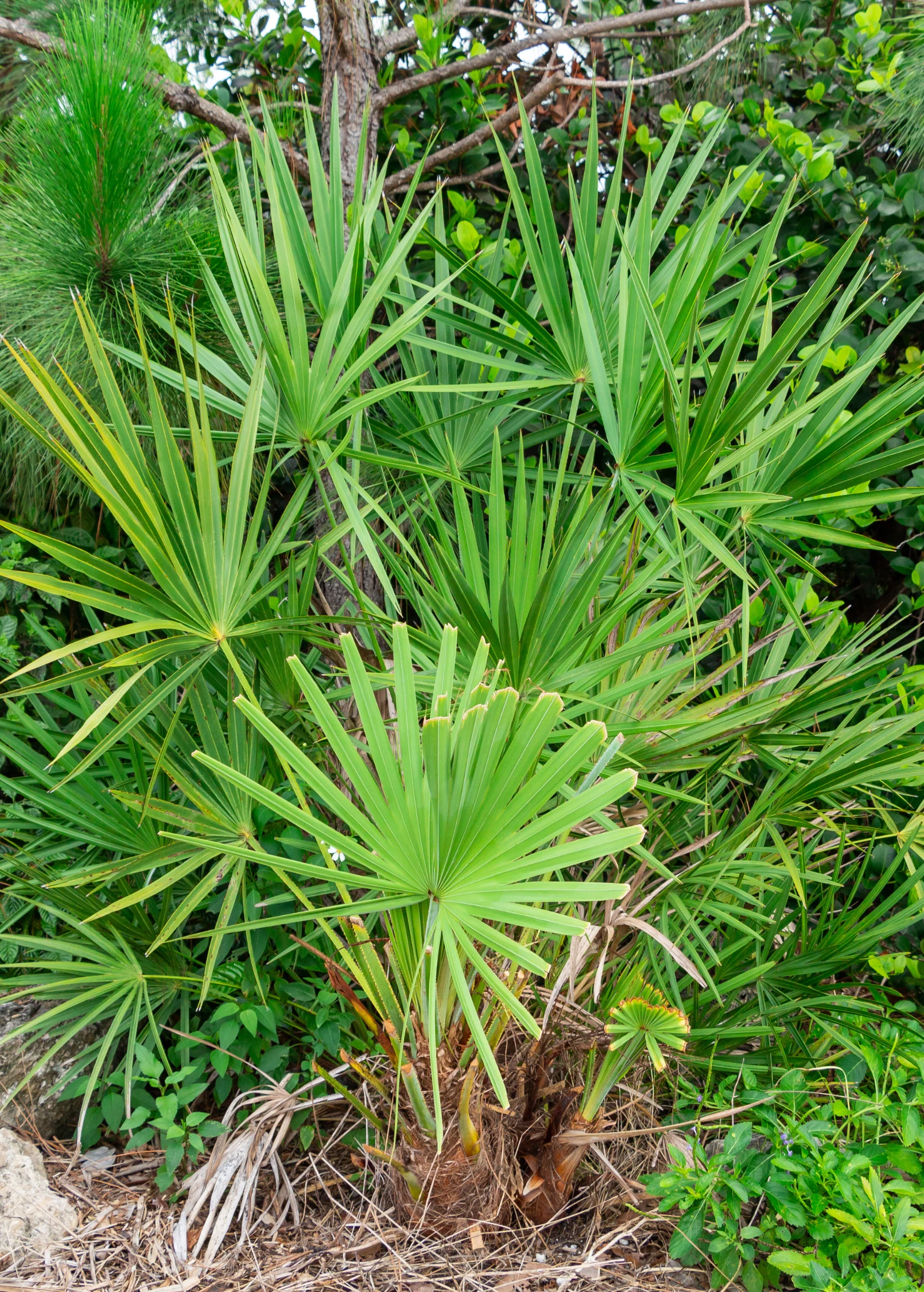
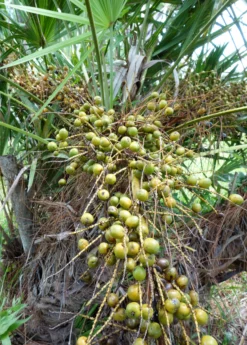
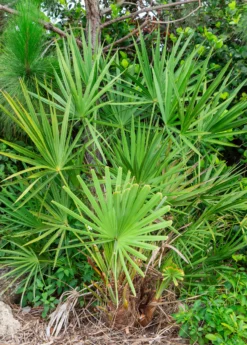

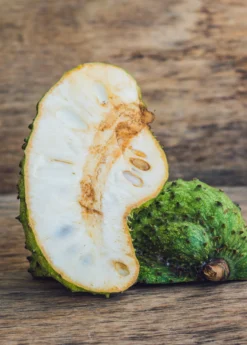
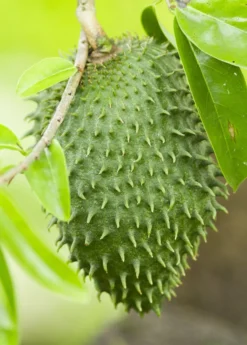
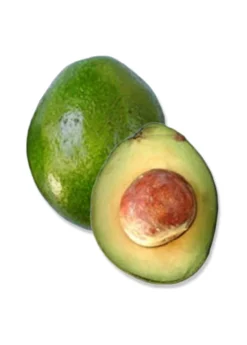
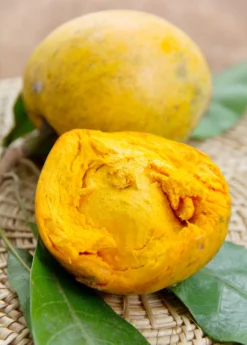


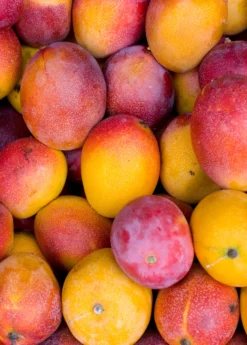
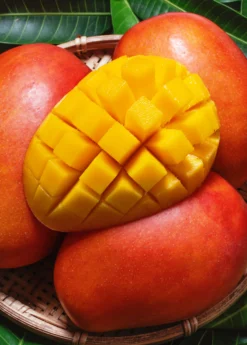
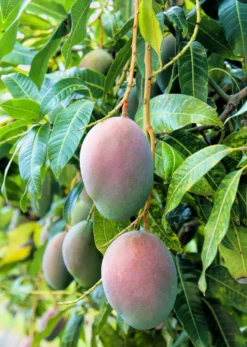
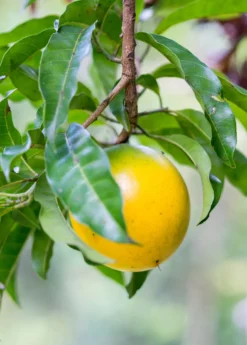
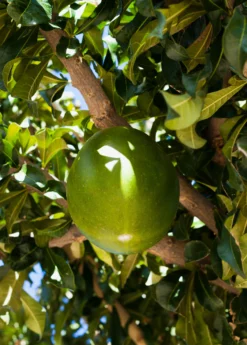
Reviews
There are no reviews yet.